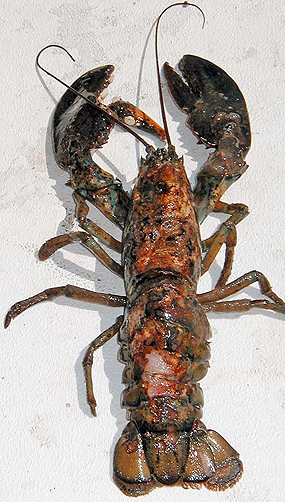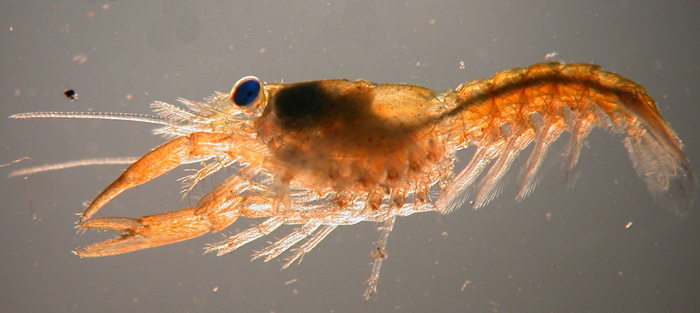
Earth Protect Blog
- Font size: Larger Smaller
- Hits: 2180
- 0 Comments
Lobster Dieoffs Linked to Chemicals in Plastics
Lobsters in Long Island Sound have suffered intense dieoffs in the past decade, and a peculiar affliction, known as “shell disease,” has been a major contributor. Now, a molecular biologist at the University of Connecticut has discovered that waterborne chemicals, leached from plastics and detergents, may contribute to the disease in lobsters in the Sound.
Hans Laufer, a research professor in the Department of Molecular and Cellular Biology in the College of Liberal Arts and Sciences, has found that by interfering with hormones crucial to young lobster growth, chemicals such as bisphenol A can slow the lobsters’ molting patterns and interfere with regular development, leading to body deformations, susceptibility to disease, and potential death.
Laufer will join researchers from 15 other New England institutions this week to present the results of a three-year, $3 million research initiative at the 9th Annual Ronald C. Baird Sea Grant Science Symposium, taking place at the University of Rhode Island. The New England Lobster Research Initiative examined the causes of lobster shell disease and the contributing factors that make lobsters vulnerable to the disease.
Lobster shell disease has been a contentious issue in Connecticut since the beginning of a massive lobster die-off in Long Island Sound in the late 1990s. In the past decade, the state’s commercial lobster catch has plummeted, with catches falling to about one-sixth of their 1998 levels. Factors such as mosquito insecticides and warming temperatures have been implicated as potential risk factors for the disease, which creates dark lesions on the outside of the lobsters’ shells that, over time, bore through the shell to the membranes underneath.
The new research Laufer is presenting at the conference showed that chemicals found in plastic bottles and detergents may make lobsters more susceptible to the disease. He and his colleagues identified “hotspots” in the Sound where lobsters have high levels of alkylphenols – a group of chemicals derived from detergents, paints, and plastics – circulating in their bodies. The lobsters take in these chemicals from their food, mostly mollusks such as clams and mussels that filter the chemicals from the water. In the western Long Island Sound, the southern shore of Massachusetts, and Cape Cod Bay, as many as half of the lobsters surveyed were contaminated with the chemicals.
In the laboratory, Laufer has also shown that moderate levels of chemicals can double the amount of time it takes for a lobster to molt its shell and to create a hardened new shell. During this time, the lobsters’ thin skin is more vulnerable to pathogens, such as the bacteria that cause shell disease. By increasing the length of this vulnerable period, the ocean-borne chemicals effectively increase the chances that a lobster will get sick.
Laufer says these effects likely occur because the chemicals can mimic certain lobster hormones.
“Alkylphenols have phenomenal juvenile hormone activity,” he says. “Juvenile hormone controls things like growth, reproduction, metamorphosis, and development.”
Lobster larvae with moderate levels of alkylphenols in their blood retain juvenile characteristics, he says, such as spiny tails and short antennae. This makes them less likely to survive in the wild.
http://today.uconn.edu/?p=18691&utm_source=feedburner&utm_medium=feed&utm_campaign=Feed:+uconn-today+(UConn+Today)
Comments
-
Please login first in order for you to submit comments















